Penguins are some of the most charming creatures to waddle the planet. Whether it’s their tuxedo-like appearance or their endearing behaviors, these flightless birds never fail to capture our hearts. Penguins reside mostly in the Southern Hemisphere, with a heavy concentration in Antarctica, and their unique adaptations to their cold environments make them incredibly fascinating.
1. Penguin Love: The Sweet Story of Courtship
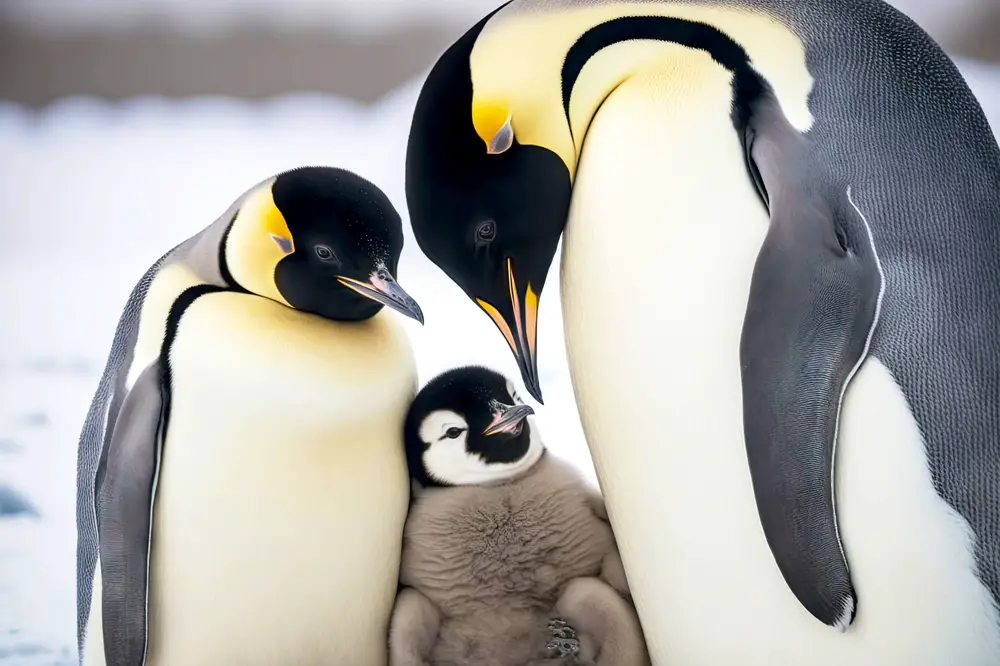
Love is in the air when it comes to penguins. These birds are known for their romantic courtship rituals, which can be as elaborate as any modern-day dating show. Male penguins often present their chosen female with a pebble, a tradition that’s both adorable and significant. If the female accepts the pebble, it’s a sign they’re ready to build a nest together, signifying the start of their relationship. According to National Geographic, this pebble gift-giving is crucial in species like the Adelie and Gentoo penguins.
Once the bond is formed, penguin pairs often stay together for multiple breeding seasons. Both parents share responsibilities, from incubating eggs to feeding their chicks, showcasing their teamwork abilities. Watching them waddle side by side, nurturing their young, is a testament to their strong partnerships. Penguins’ commitment to their mates is truly heartwarming, and it’s one of nature’s most enchanting love stories.
2. Penguins are Nature’s Best Dressed
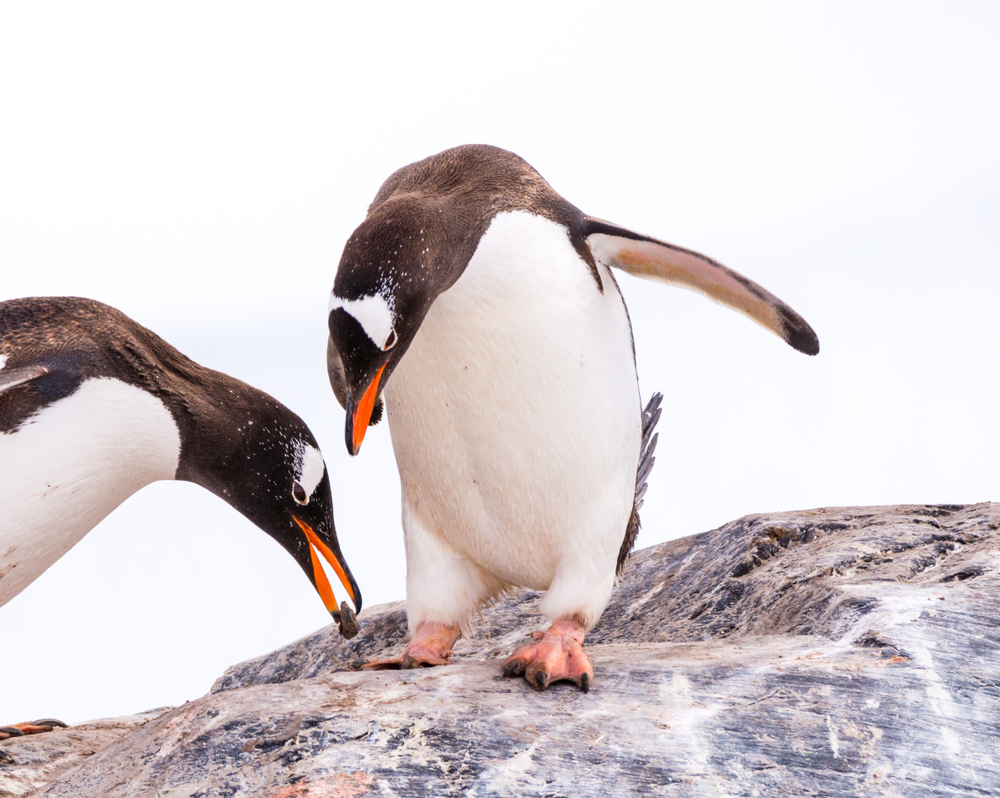
With their distinctive black and white plumage, penguins are certainly dressed to impress. Their tuxedo-like appearance isn’t just for show; it serves a vital purpose known as counter-shading. This natural camouflage protects them from predators like seals and larger birds. When swimming, their white bellies blend with the bright surface of the sea, while their black backs mix into the dark ocean depths. It’s a clever disguise, helping them avoid detection while foraging for food.
Interestingly, each penguin species has its unique variation on this classic look. For example, the Emperor penguin sports elegant golden accents around its neck, adding a royal touch to its attire. Meanwhile, the crested penguin species are adorned with vibrant feathers that resemble fashionable headpieces. These distinct features not only play a role in attracting mates but also add to their charm, making penguins some of the most stylish birds around.
3. Baby Penguins: Fluffy Balls of Cuteness
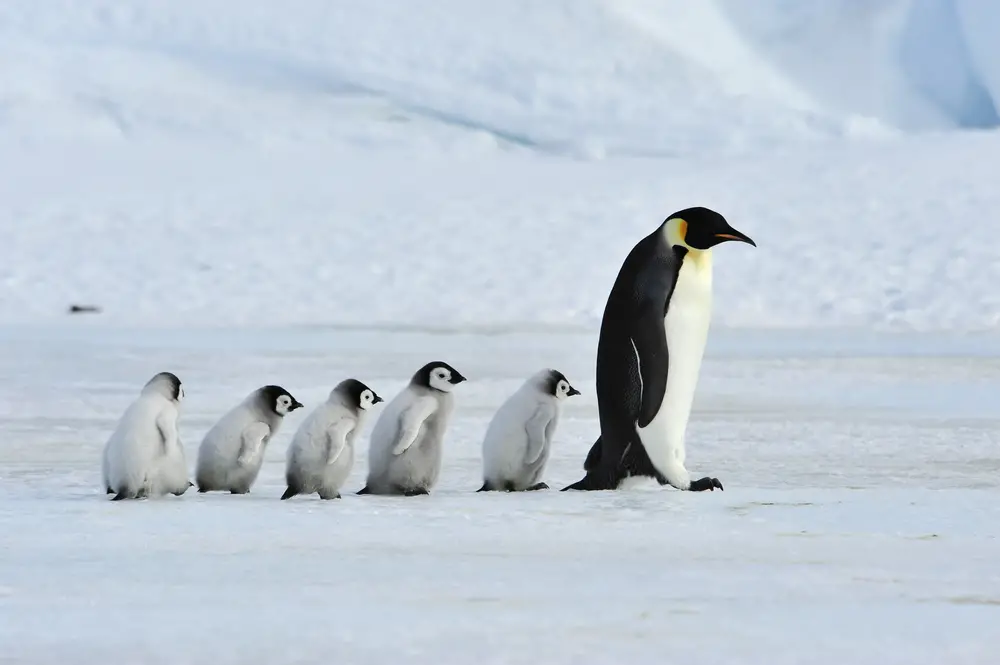
There’s nothing quite as heart-melting as a baby penguin. These fluffy chicks are born covered in a soft down that keeps them warm until they develop their waterproof feathers. Watching them huddle together in crèches—a group for protection and warmth—is like watching a nursery of toddlers in snowsuits. According to BBC Earth, during this period, the parents take turns hunting and staying with the chicks, ensuring they are fed and safe.
As they grow, these adorable fluff balls undergo a molting process to develop their sleek adult feathers. This transformation is a rite of passage, preparing them for the aquatic life ahead. It’s fascinating to witness their journey from clumsy land-dwellers to adept swimmers. Baby penguins have this irresistible charm that makes you want to reach out and hug them, underscoring the wonder of penguin parenthood.
4. Penguins are Olympic-level Swimmers
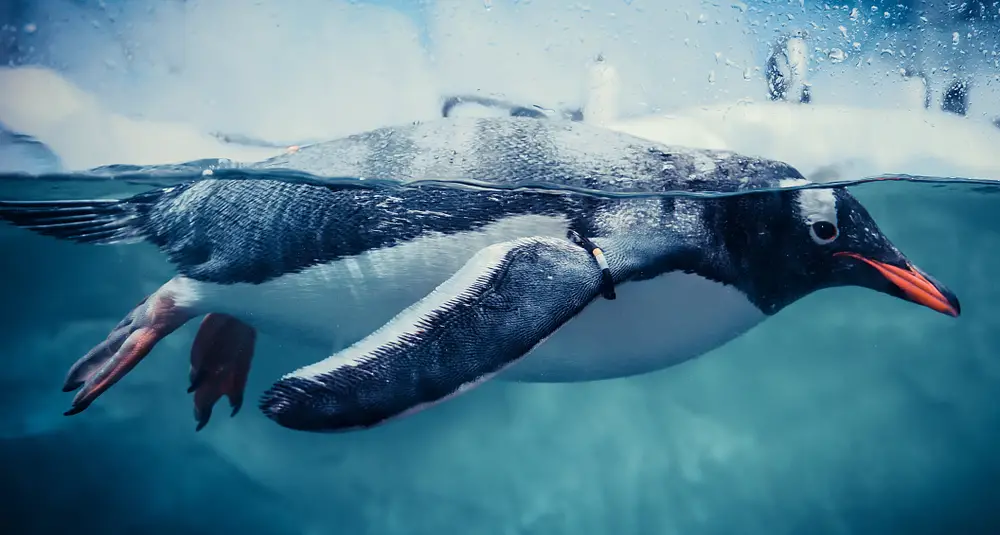
Penguins might not be able to fly through the air, but they are certainly masters of the sea. These birds can reach impressive speeds while swimming, making them one of the fastest avian swimmers. Using their flippers like wings, they “fly” underwater with remarkable agility. Their streamlined bodies and powerful strokes allow them to dive deep and navigate swiftly through chilly waters.
Penguins can dive up to depths of over 500 meters, as seen in species like the Emperor penguin. This capability is essential for hunting, as they rely on fish, squid, and krill to sustain themselves. The speed and efficiency with which they move are nothing short of awe-inspiring. Watching a penguin glide through the ocean is akin to watching a ballet, as they perform twists and turns with effortless grace.
5. Penguins Have Built-In Shades
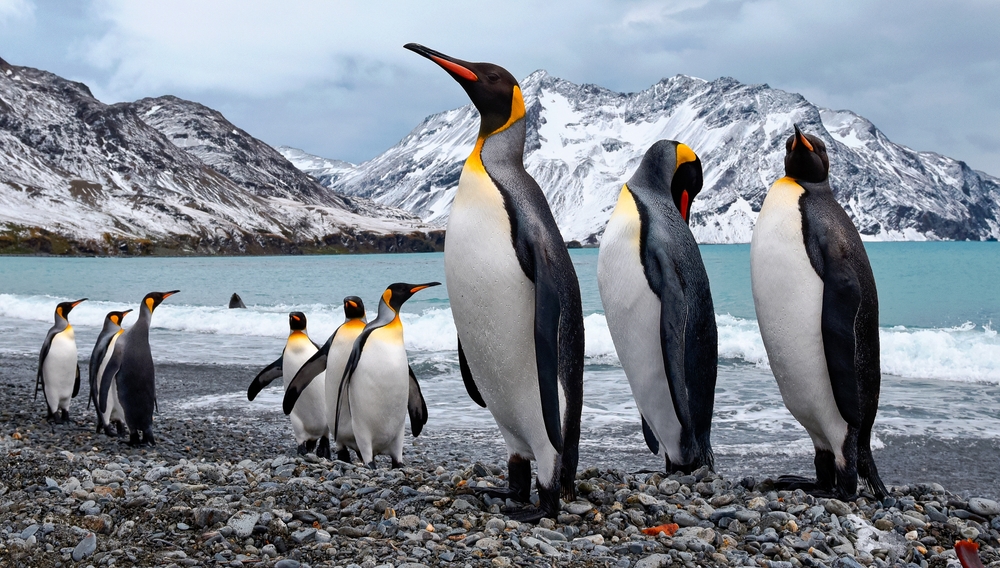
You might be surprised to learn that penguins have a built-in protection against the sun. These birds have a special gland that filters excess salt from their bloodstream, enabling them to drink seawater. This adaptation is particularly crucial for species living in harsh, icy environments where freshwater is scarce. Their distinct eye patches also play a role in reducing glare from the sun reflecting off snow and ice.
The ability to filter salt and reduce glare ensures that penguins remain hydrated and maintain clear visibility. It’s a testament to their resilience and adaptability in extreme conditions. These natural sunglasses help them thrive, whether on bright, sunny beaches or the icy plains of Antarctica. It’s one of many ingenious adaptations that make penguins perfectly suited to their environments.
6. Penguins Communicate Like Pros
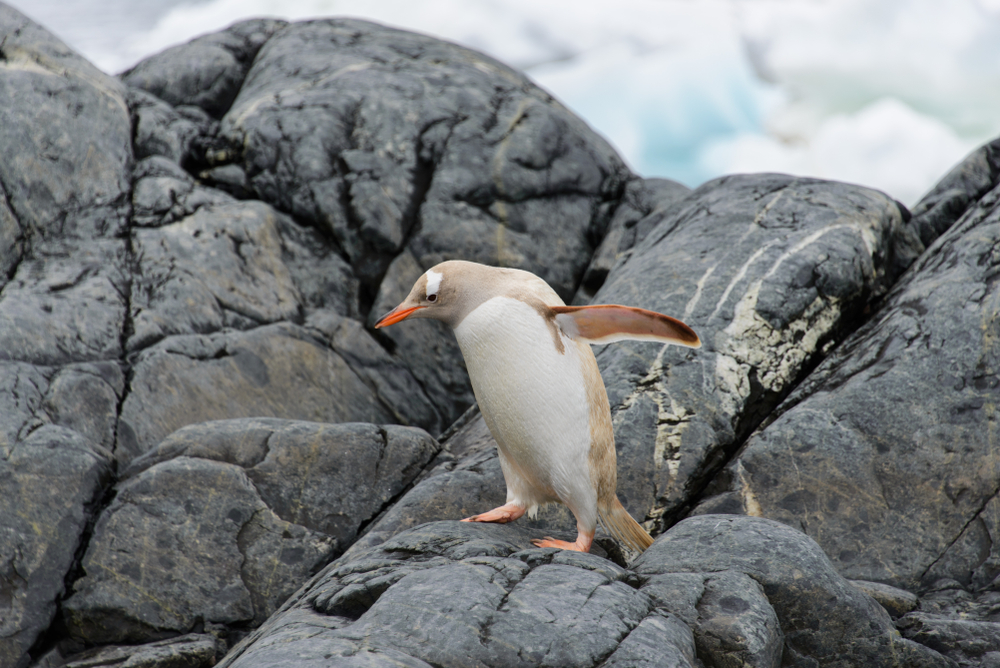
Penguins have a unique and complex system of vocalizations and body language to communicate. Each species has its distinct call, used to identify mates and chicks among thousands in a crowded colony. These calls are essential for maintaining social bonds and ensuring the safety of their young. Penguins also communicate through body language, using head movements and flipper gestures to convey various messages.
The ability to identify and respond to their mate’s call within a bustling colony is nothing short of remarkable. This intricate communication system showcases their intelligence and social nature. Whether they’re warning of danger or simply greeting one another, penguins are adept at getting their message across. Their communicative prowess is another fascinating aspect of their personality that endears them to us.
7. Penguins Enjoy Ice Slides Too
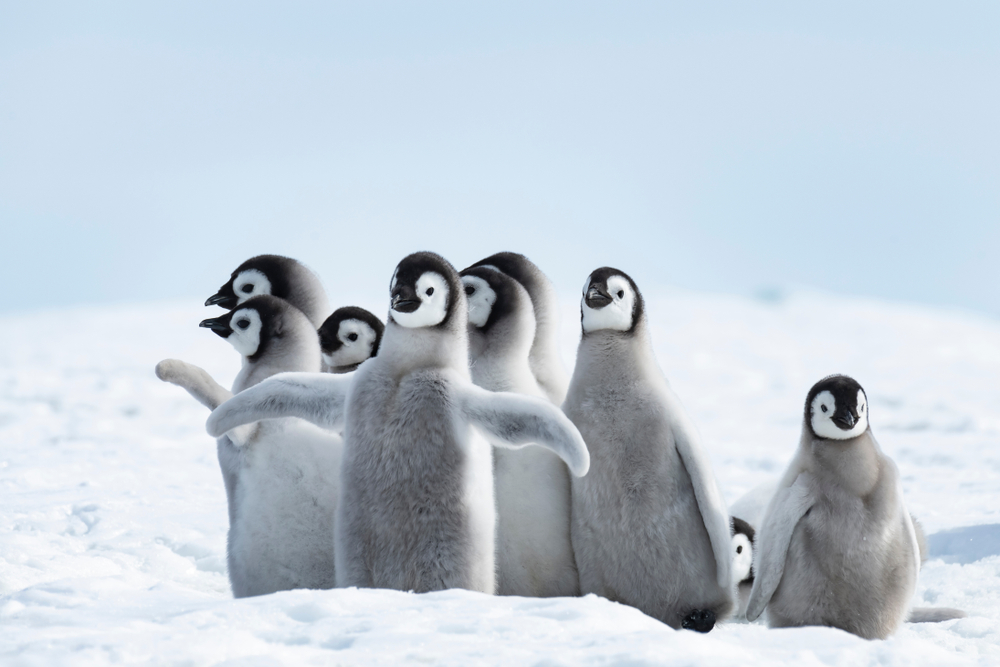
Sliding on ice isn’t just a fun activity for humans; penguins love it too. In fact, they often use a behavior known as “tobogganing” to move quickly across ice and snow. By sliding on their bellies and propelling themselves with their flippers, they can travel faster than waddling. It’s an efficient way to conserve energy while covering long distances in their icy habitats.
This playful behavior is not only practical but also entertaining to watch. Penguins seem to enjoy the thrill of sliding, often joining others in group tobogganing sessions. It’s a heartwarming sight that reminds us of their playful nature. Watching penguins glide across the ice with such joy is enough to brighten anyone’s day and reveals just how much they relish their icy playgrounds.
8. Penguins are Excellent Parents
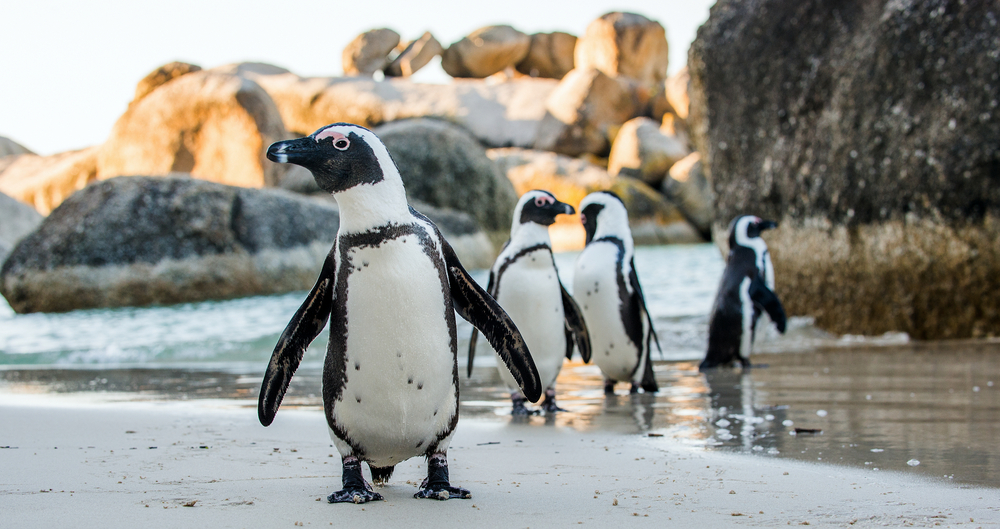
Raising a chick in the harsh conditions of Antarctica is no small feat, but penguins rise to the challenge with aplomb. Both parents play an active role in caring for their offspring, from incubating the egg to feeding the chick. This shared responsibility is crucial for the chick’s survival, especially in extreme climates where food is scarce. While one parent hunts for food, the other stays to keep the chick warm and safe.
Penguin parenting doesn’t stop once the chick hatches. They remain attentive and dedicated, ensuring their young are well-fed and protected. The sight of a chick nestled between its parent’s feet is a heartwarming one, showcasing the strong family bonds these birds form. Penguins’ dedication to their young is admirable, making them exemplary models of parental care in the animal kingdom.
9. Penguins Have Lifelong Friendships
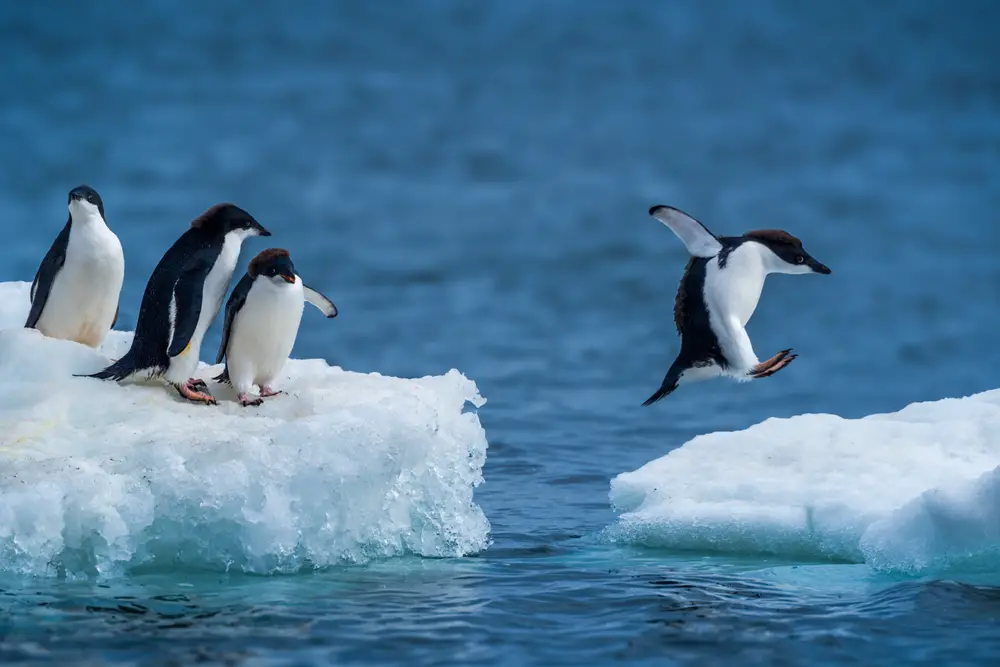
Beyond their familial bonds, penguins are known to form long-lasting friendships within their colonies. These social relationships help them thrive in their communities, providing support and companionship. Penguins often engage in mutual preening, reinforcing social ties and maintaining their plumage. This behavior is not only practical but also strengthens the emotional bonds between individuals.
Living in large groups, penguins rely on social interactions for survival, from finding food to escaping predators. Friendships within the colony enhance these efforts, showcasing their collaborative nature. Observing penguins engaging with one another, whether through play or grooming, reveals their rich social lives. These lifelong friendships are a testament to their complex social structures and highlight their endearing personalities.
10. Penguins Have a Variety of Diets
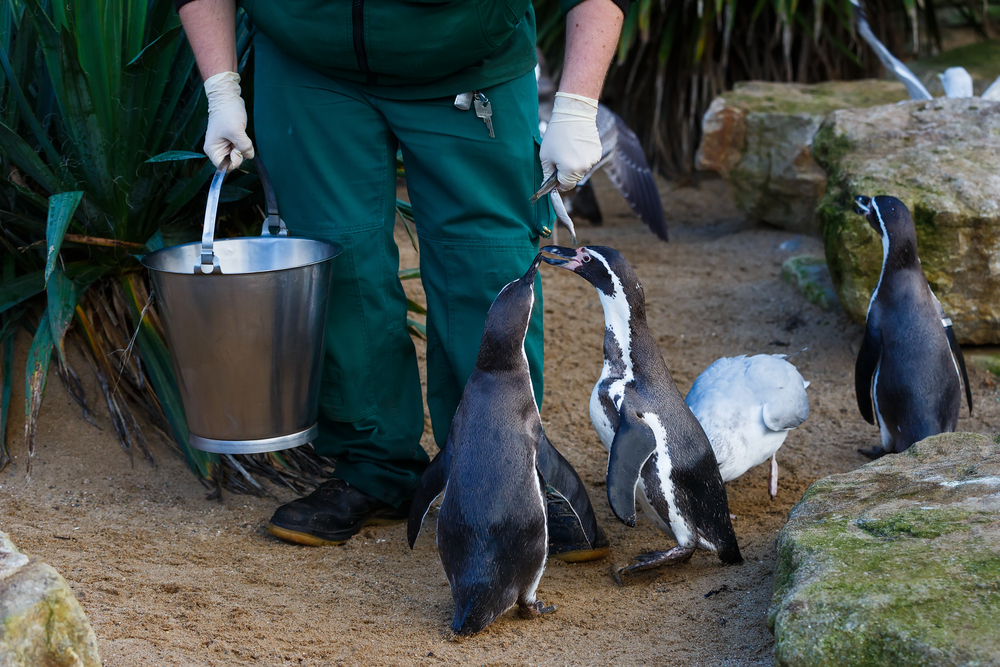
Penguins might all look similar, but their diets can vary significantly depending on their location. While many species predominantly eat fish, others have a more diverse diet that includes krill, squid, and other marine life. The availability of food sources in their habitat dictates their eating habits, influencing their foraging behaviors. This adaptability in diet is crucial for their survival, especially in regions with limited resources.
Interestingly, penguin species have evolved different hunting techniques to suit their preferred prey. Some dive deep into the ocean, while others remain near the surface, showcasing their versatility. Their efficient hunting skills ensure they get the nutrients needed to thrive in their often harsh environments. Penguins’ ability to adapt their diets according to their surroundings is yet another fascinating aspect of their survival strategy.
11. Penguins are World Travelers
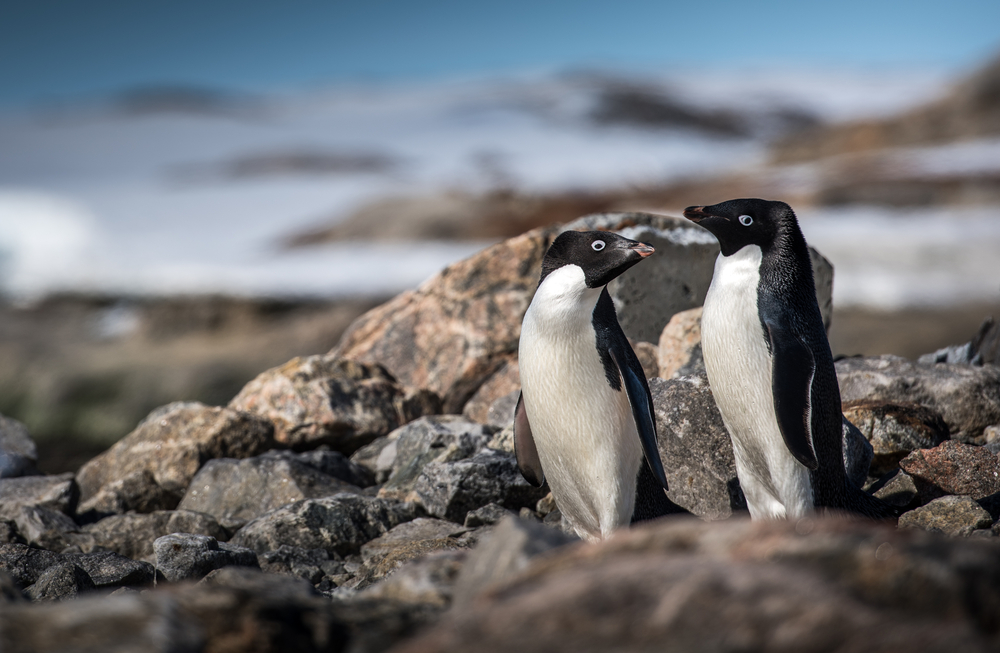
While many penguins reside in Antarctica, some species are surprisingly well-traveled. From the Galápagos Islands to the coasts of South Africa, penguins inhabit a wide range of environments. These diverse habitats influence their behavior, diet, and even their physical characteristics. The adaptability of penguins to different climates showcases their resilience and evolutionary success.
Penguins’ global presence also highlights their ecological importance, playing vital roles in their respective ecosystems. They contribute to the balance of marine life by controlling fish populations and serving as prey for larger predators. This vast distribution, coupled with their ecological influence, makes penguins an integral part of the natural world. Their widespread presence is a testament to their adaptability and charm as one of nature’s most captivating creatures.
12. Penguins Inspire Conservation Efforts
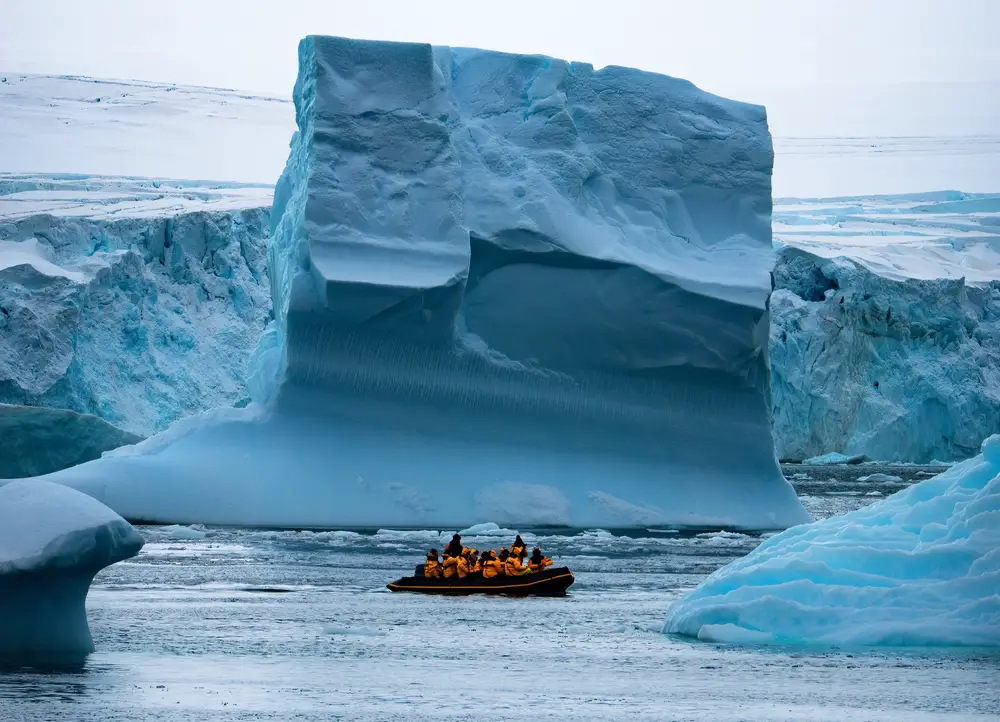
The charisma of penguins has a significant impact on conservation efforts worldwide. People are naturally drawn to these adorable birds, making them excellent ambassadors for environmental awareness. Their vulnerability to climate change, overfishing, and habitat destruction underscores the need for protective measures. Organizations around the globe work tirelessly to ensure penguin populations are safeguarded, highlighting their critical role in biodiversity.
Public interest in penguins often translates into support for broader conservation initiatives. Efforts to protect penguin habitats benefit other species and ecosystems, showcasing the interconnectedness of the natural world. Penguins’ charm and appeal make them powerful symbols for conservation, inspiring people to take action for the environment. Their iconic status as beloved animals reinforces the importance of preserving our planet’s diverse wildlife for future generations.
